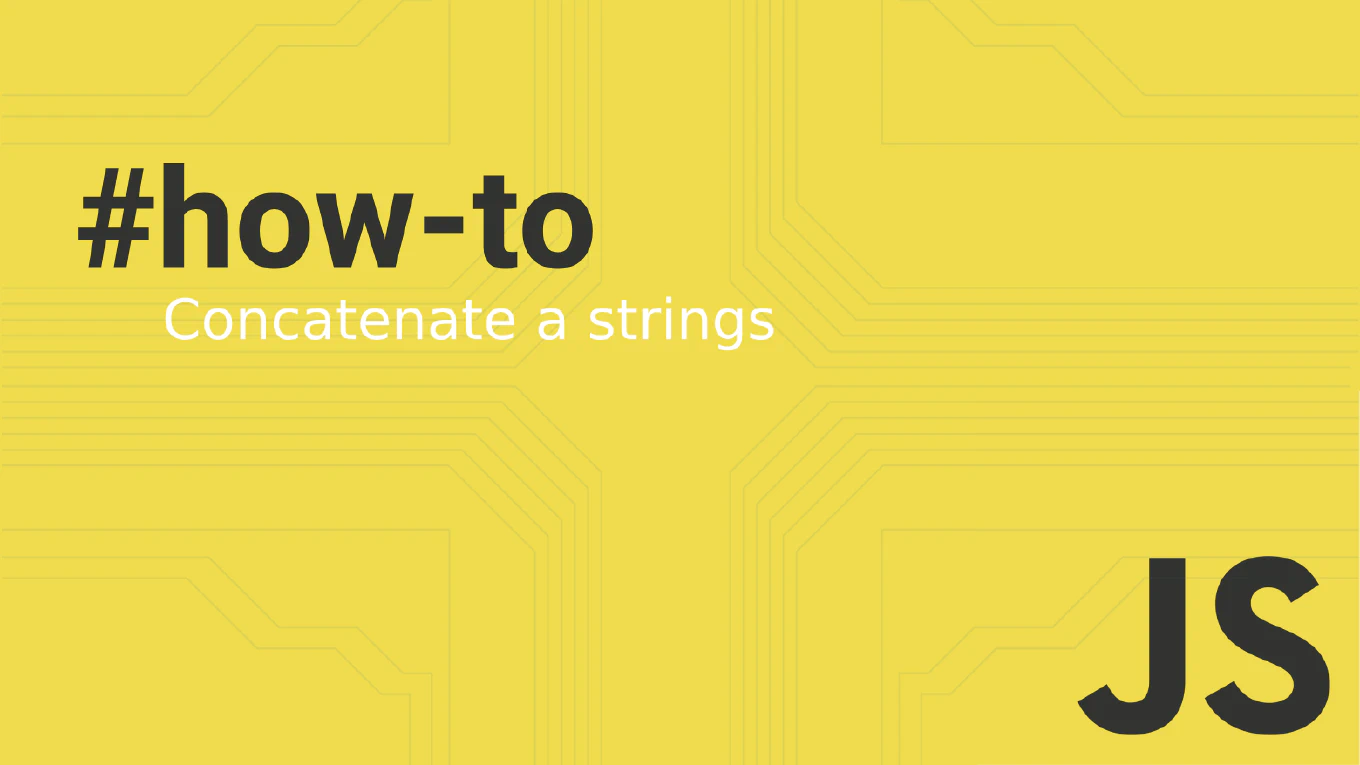How to connect Node.js to PostgreSQL
Connecting Node.js to PostgreSQL provides robust relational database capabilities for applications requiring ACID compliance and complex queries.
As the creator of CoreUI with extensive Node.js development experience since 2014, I’ve integrated PostgreSQL with Node.js in numerous enterprise applications for financial data and user management systems.
The most reliable approach uses the pg library with connection pooling for optimal performance and connection management.
This method ensures secure, efficient database access while handling connection failures and maintaining data consistency.
How to connect Node.js to MongoDB
Connecting Node.js to MongoDB enables persistent data storage for web applications using one of the most popular NoSQL database solutions. As the creator of CoreUI with extensive Node.js experience since 2014, I’ve connected Node.js applications to MongoDB in countless production systems for user data, content management, and analytics. The most reliable approach uses the official MongoDB driver with connection pooling and proper error handling. This method provides robust database connectivity while handling connection failures and maintaining optimal performance.
How to use OAuth in Node.js
OAuth authentication enables secure third-party login integration in Node.js applications without handling user passwords directly. As the creator of CoreUI with extensive Node.js development experience since 2014, I’ve implemented OAuth flows in numerous enterprise applications for simplified user onboarding. The most reliable approach uses Passport.js with OAuth strategy packages to handle the complex authentication flow automatically. This method provides secure authentication while offering users familiar login options from popular platforms like Google, GitHub, or Facebook.
How to use Passport.js in Node.js
Passport.js provides a comprehensive authentication middleware for Node.js applications with support for over 500 authentication strategies. As the creator of CoreUI with extensive Node.js experience since 2014, I’ve implemented Passport.js in numerous production applications for flexible authentication solutions. The most straightforward approach uses the local strategy for username/password authentication combined with session management. This pattern provides robust authentication while maintaining the flexibility to add additional strategies like OAuth, SAML, or custom authentication methods.
How to hash passwords with bcrypt in Node.js
Secure password hashing is fundamental to application security, protecting user credentials even if database breaches occur. As the creator of CoreUI with extensive Node.js security experience since 2014, I’ve implemented bcrypt password hashing in countless production authentication systems. The most secure approach uses bcrypt’s adaptive hashing algorithm with appropriate salt rounds to balance security and performance. This method provides industry-standard password protection against rainbow table attacks and brute force attempts.
How to implement role-based auth in Node.js
Role-based authentication provides granular access control in Node.js applications by assigning specific permissions to user roles for secure resource management. As the creator of CoreUI with extensive Node.js experience since 2014, I’ve implemented RBAC systems in numerous enterprise applications and admin dashboards. The most scalable approach combines JWT tokens with role information and middleware functions that verify both authentication and authorization. This pattern enables flexible permission management while maintaining clean separation between authentication and business logic.
How to refresh JWT tokens in Node.js
Implementing JWT token refresh enhances security by using short-lived access tokens paired with longer-lived refresh tokens for automatic renewal. As the creator of CoreUI with extensive Node.js authentication experience since 2014, I’ve implemented token refresh systems in numerous enterprise applications. The most secure approach uses separate access and refresh tokens, where refresh tokens are stored securely and used exclusively for generating new access tokens. This pattern provides optimal security while maintaining seamless user experience without frequent re-authentication.
How to implement JWT in Node.js
JSON Web Tokens provide a secure and stateless authentication mechanism for Node.js applications, eliminating server-side session storage.
As the creator of CoreUI with extensive Node.js experience since 2014, I’ve implemented JWT authentication in countless production APIs and enterprise applications.
The most reliable approach uses the jsonwebtoken package to sign tokens with user data and verify them on protected routes.
This method provides excellent scalability and security for modern web applications and APIs.
How to implement authentication in Node.js
Implementing secure authentication is crucial for protecting user data and controlling access to application resources. As the creator of CoreUI with 25 years of development experience, I’ve built authentication systems for countless enterprise applications. The most secure and scalable approach combines JWT tokens for stateless authentication with bcrypt for password hashing. This method provides excellent security while maintaining performance and scalability.
How to use Apollo Server in Node.js
Setting up GraphQL APIs with Apollo Server provides a powerful alternative to REST APIs, offering better performance and flexibility for modern applications. As the creator of CoreUI with 25 years of development experience, I’ve implemented Apollo Server in numerous enterprise projects. The most efficient approach is using Apollo Server Express integration, which provides seamless GraphQL endpoint creation with built-in schema validation and query execution. This setup enables type-safe API development with excellent developer tools.



